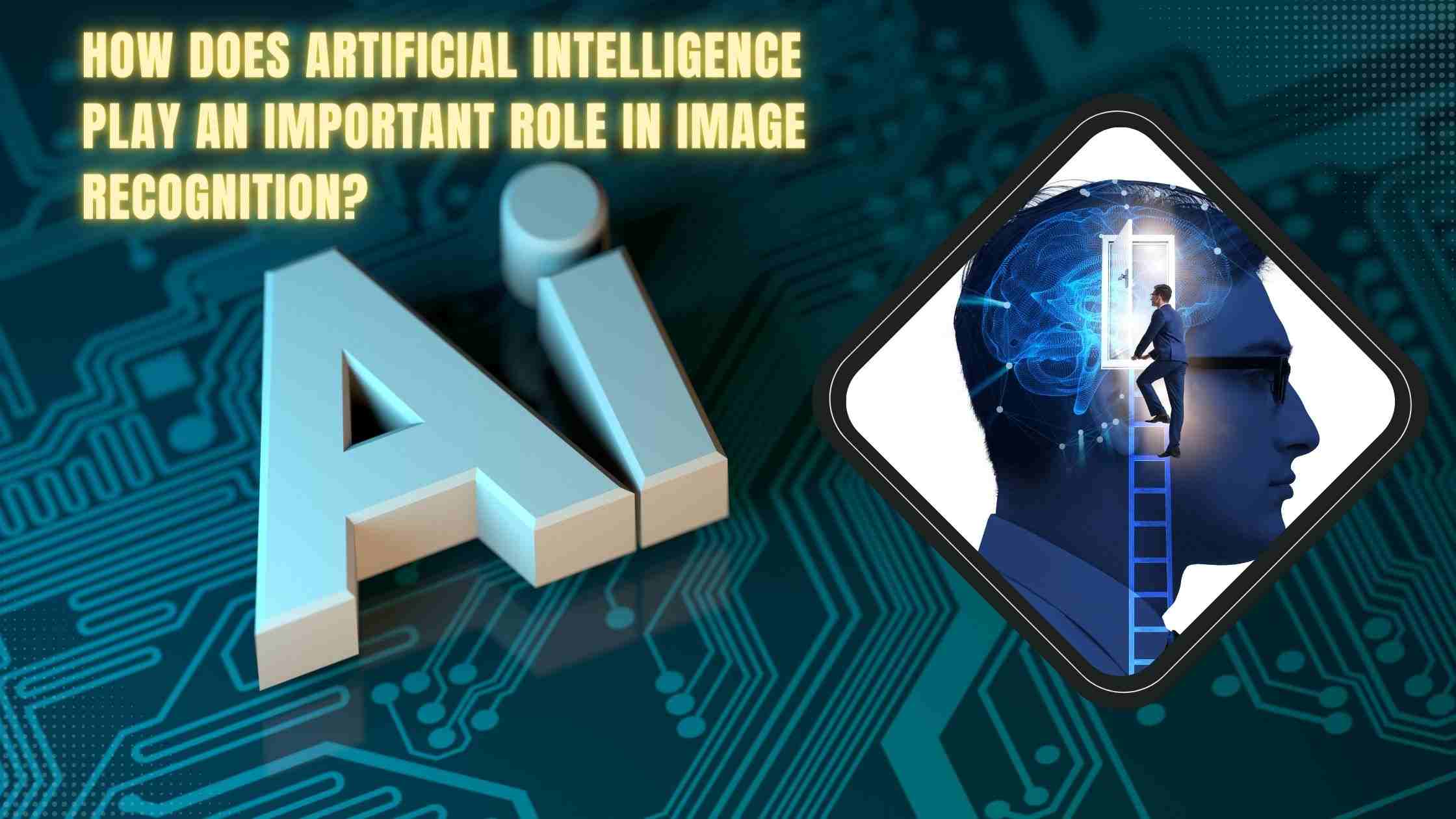Artificial intelligence image recognition seems to be inseparable and both are incomplete without each other. In addition to decoding images, effective AI image recognition software can predict outcomes. Applications and software that have been taught to understand photos are capable of identifying places, people, handwriting, items, and activities in the still images and moving photographs. The core of artificial intelligence is using a lot of data to make wise decisions. Image recognition is a key aspect of artificial intelligence that is being used more often.
Human audits increasingly became the standard because there were no technological platforms or technologies available to offer reliable in-store data. However, IoT and AI technologies have advanced significantly and now provide retail manufacturers with compelling and trustworthy value. By taking only a few pictures of the retail shelves, in-store mobile retail execution and artificial intelligence image identification are enabling retail stakeholders to gain real-time visibility into their businesses. Now across a huge number of locations and time zones, retail stakeholders can keep track of each SKU on a shelf.
How does Image Recognition work?
Let's talk briefly about how picture recognition functions now. Picture recognition is made feasible by image recognition algorithms. Here, acquiring and arranging the data is the first stage. Classifying each image and identifying its physical qualities is the process of organising data. Computers interpret images as either vector or raster images, unlike humans. The computer then evaluates the constructs that represent the image's objects and characteristics.
As a result, the proper data organisation and collection are crucial for training the image recognition model, as if the data quality is compromised at this point, the model won't be able to spot patterns later on. The development of a predictive model is the second phase in the image recognition process. The classification algorithm must be thoroughly trained if it is to perform its intended role. Deep learning datasets are used by image recognition systems to identify patterns in photos. These files contain a huge number of tagged pictures.
Use cases of Image Recognition
Mobile e-commerce
The CamFind API from Picture Searcher Inc. is a fantastic illustration of image recognition. A sophisticated degree of mobile trading is offered by this technology. CamFind returns the user's buying options after identifying objects like watches, purses, shoes, and sunglasses. Without visiting websites, potential customers may compare items in real-time. This image recognition API may be used by developers to build mobile commerce applications.
Gaming Industry
The gaming business has also been significantly impacted by innovations in the areas of recognition models and computer vision. It is well-known that the Microsoft Kinect video game holds the record for the fastest-selling consumer electronics product in the Guinness Book of Records. The real-time tracking of the human body in the game is based on computer vision.
Healthcare sector
Image recognition is used in the healthcare industry, for example, to aid persons with weak vision and find brain tumours or strokes. The study demonstrates that the lung cancer detection accuracy of the image recognition method is 97%. Surgeons can utilise augmented reality in actual procedures because of the improvement in computer vision recognition. Depending on what the algorithm detects in the operating system, it may offer alerts, suggestions, and upgrades.
Banking Sector
Facial recognition technology is being used more often by banks to verify the identification of internet banking customers making the whole system more safe and secure for the customers. Banks also utilise face recognition "limited access control" to restrict who is allowed to enter and access what parts of the facility.





